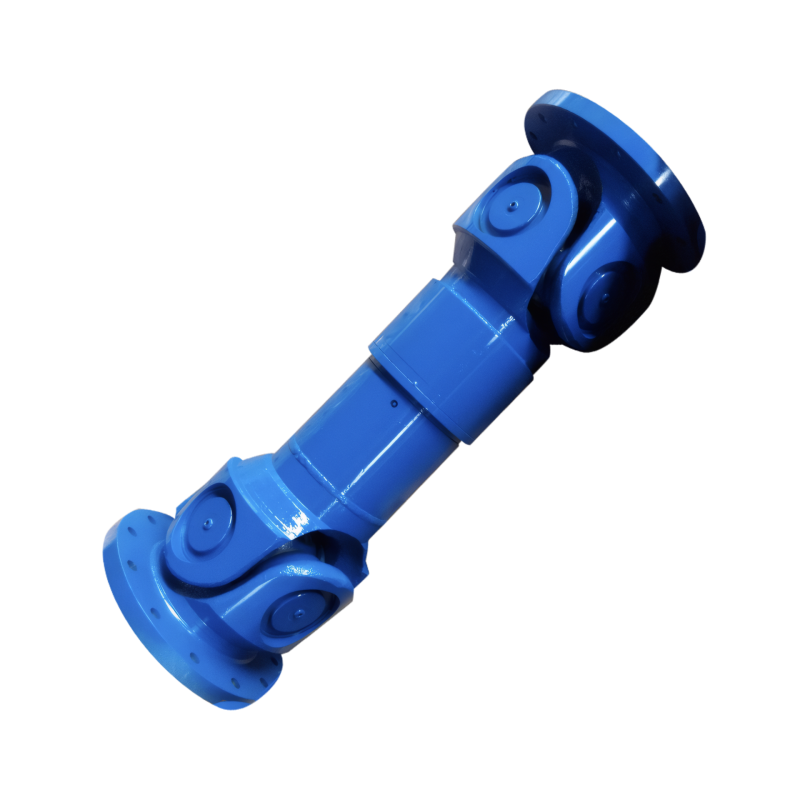Selection criteria for drive shaft grease
Criteria for Selecting Lubricating Grease for Drive Shafts
Drive shafts require specific lubricating grease to ensure reliable performance under varying operating conditions. Proper selection involves evaluating multiple factors related to equipment design, environmental exposure, and maintenance requirements.
Temperature Resistance and Viscosity Control
The operating temperature range significantly impacts grease selection. High-temperature environments demand grease with superior thermal stability, typically using synthetic base oils with viscosity indices above 150. These formulations resist oxidation and maintain lubrication at temperatures exceeding 150°C without hardening or separating. Conversely, cold climate applications require grease with pour points below -40°C to prevent solidification during startup.
Viscosity-Temperature Relationship
For extreme temperature fluctuations, multi-grade greases with polymer additives provide consistent performance across operating ranges. These products maintain appropriate viscosity at both high and low temperatures, preventing metal-to-metal contact during cold starts while resisting flow-induced separation under heat.
Load-Bearing Capacity and Wear Protection
Drive shafts subjected to heavy loads need grease containing extreme pressure (EP) additives like molybdenum disulfide or graphite. These solid lubricants form protective films on contact surfaces, reducing wear rates by up to 70% under high-stress conditions. The grease's four-ball wear test results should indicate scar diameters below 0.5mm when evaluated per ASTM D2266 standards.
Base Oil Selection for Load Management
Mineral-based greases suit moderate loads, while synthetic hydrocarbon (PAO) or ester-based formulations excel in heavy-duty applications. The base oil's viscosity index directly correlates with load capacity - higher values (above 120) indicate better performance under varying pressure conditions.
Environmental Adaptability and Contamination Resistance
Drive shafts operating in wet or dusty environments require specialized grease formulations. Water-resistant products using calcium sulfonate complex thickeners demonstrate 90% lower washout rates compared to traditional lithium-based greases when tested per ASTM D1264. For highly corrosive environments, greases with rust inhibitors should show less than 1% weight gain after 24-hour salt spray exposure (ASTM B117).
Sealing Effectiveness
Proper grease selection enhances sealing system performance by reducing contamination ingress. Semi-fluid greases with NLGI 000 to 00 grades effectively fill voids in protective boots and seals, creating an additional barrier against abrasive particles. These formulations maintain functionality despite shear forces from drive shaft articulation.
 Customized design of drive shafts for special vehicles
Customized design of drive shafts for special vehicles
 The durability of the drive shaft for off-road vehicles
The durability of the drive shaft for off-road vehicles
 Introduction to the structural strength of truck drive shaft
Introduction to the structural strength of truck drive shaft
 The layout of the drive shaft for a four-wheel drive vehicle
The layout of the drive shaft for a four-wheel drive vehicle
 简体中文
简体中文 English
English
